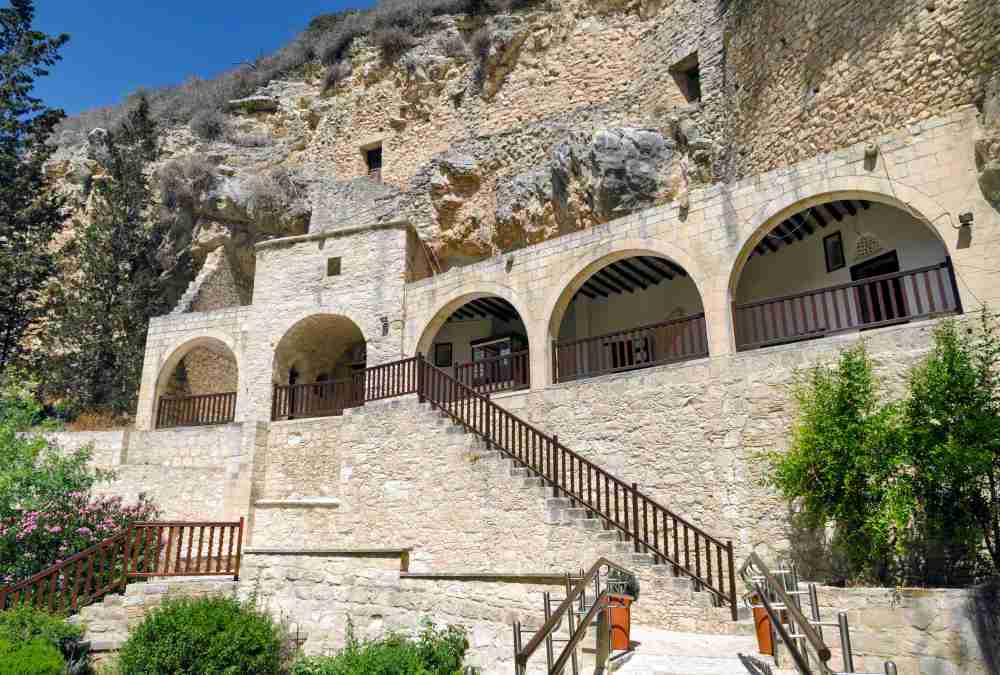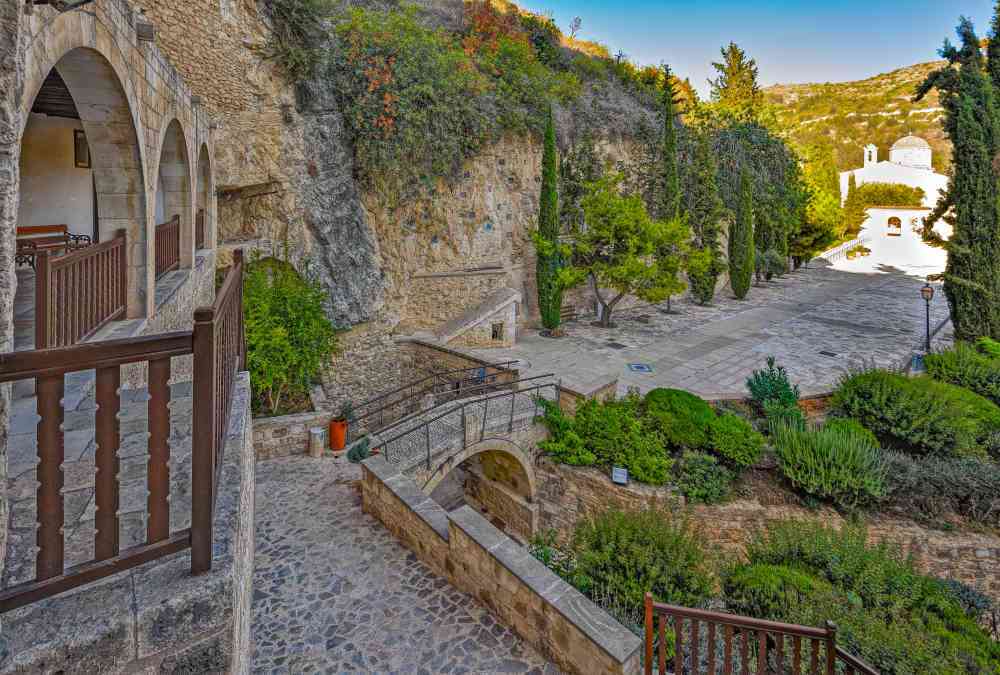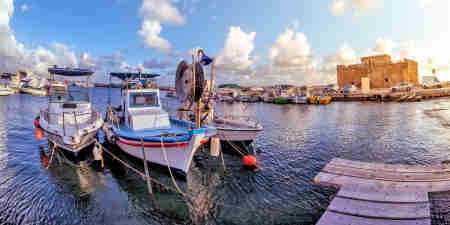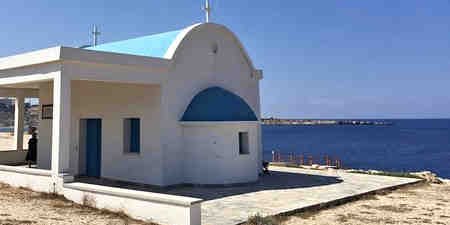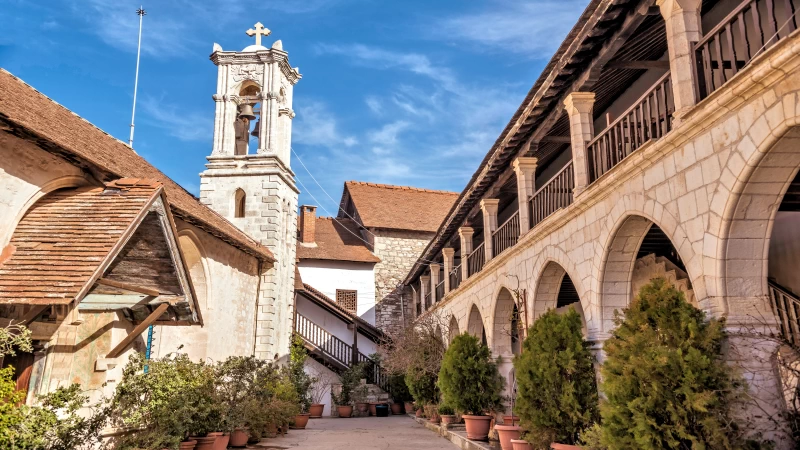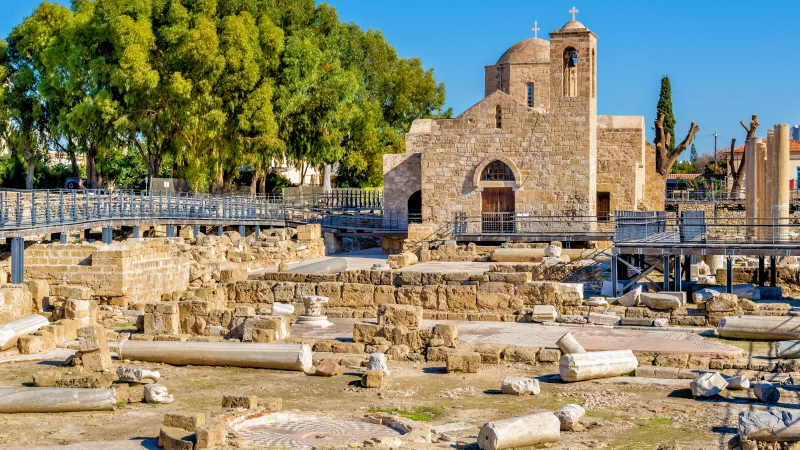Ayios Neophytos Monastery
The Ayios Neophytos Monastery is carved in rock at an altitude of about 450 m, between the villages of Tala and Tsada in a natural valley, about six kilometers from the sea. It was founded by Neophytos the Recluse (1134–1214), an Orthodox monk who documented in writing events of the early Crusades.
What Makes the Monastery of Ayios Neophytos Unique
The Ayios Neophytos Monastery, also spelled Agios Neophytos, is a monastic complex dedicated to Saint Neophytos the Recluse. It is the most important monument of its kind in Paphos, with value derived from its cultural riches, but also for the unique architectural features that blend natural and man-made spaces.
In 1159, Neophytos settled his hermitage in a small natural cave, which he turned into a little chapel with a modest cell to provide accommodation and shelter. In 1170, Basil Kinnamo, the Bishop of Paphos, convinced him to take in a disciple, and in the years that followed, a small monastic community developed around the cave.
To accommodate the monks living at the Ayios Neophytos Monastery, more rooms were hewed in rock, developing into an Engleistra (or Enkleistra) with a Narthex and a Refectory adjacent to the main cave. Later, the space was enlarged with a Skevophylakion (Treasury), Ayiastyrion, New Zion, and Naos. In time, the Engleistra was decorated with priceless artworks, some of which slowly degrading because of extensive visitor traffic and other factors.
Outside the Engleistra, the Katholikon is a Venetian-inspired basilica from the 16th century. This is where the religious service takes place at the Ayios Neophytos Monastery.
The Engleistra of the Ayios Neophytos Monastery is a testament to what the monastic life was like in the twelfth century, the troubled era of the Crusades. Elements within the monastery, including frescos and written records, add to the historical and cultural value of the monastery. A museum that stores manuscripts and old religious books, monastic garments, Cypriot maps, pottery, icons, and other symbolic items, can be visited every day, no matter when you arrive on the island. Arrive after 9:00 am and before 4:00 pm in winter, or before 6:00 pm in summer.
Read More
Read Less
